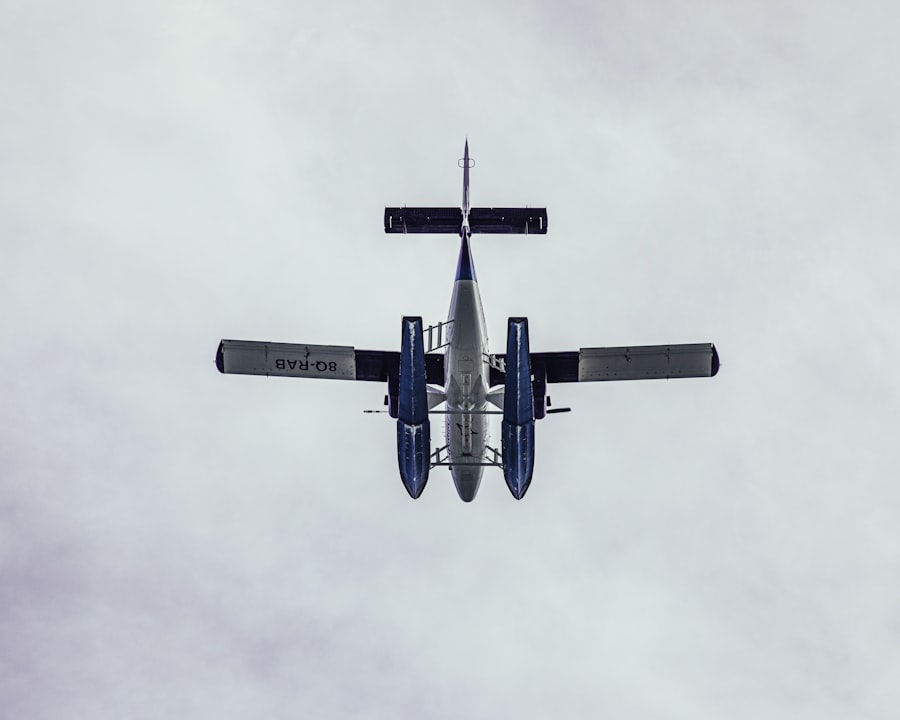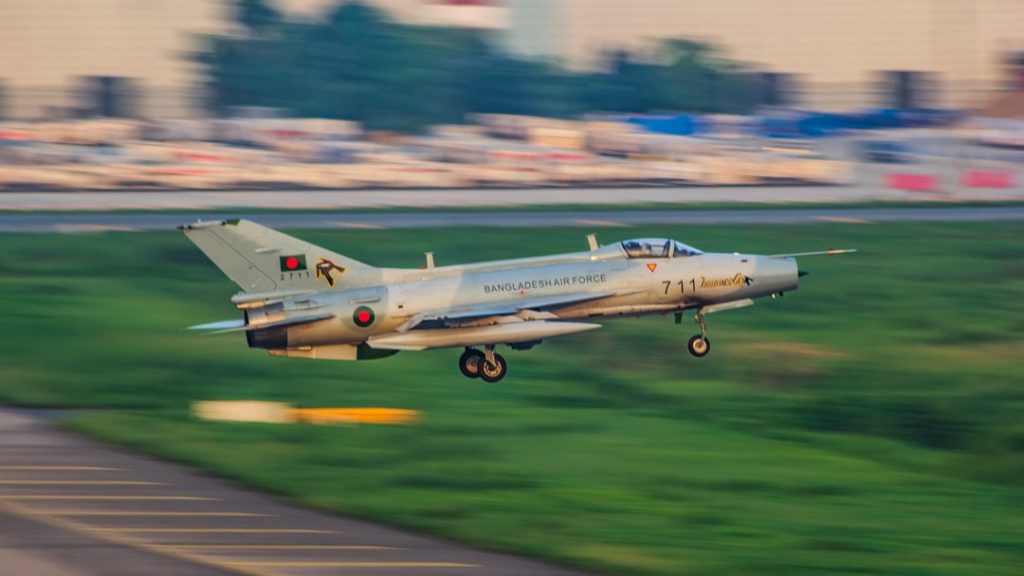The realm of aviation has always been captivated by the pursuit of speed. From the early days of flight, when the Wright brothers took to the skies in their modest Flyer, to the modern marvels that streak across the heavens at supersonic and hypersonic speeds, the quest for faster aircraft has driven innovation and technological advancement. Speed in aviation is not merely a matter of bragging rights; it has profound implications for military strategy, commercial travel, and scientific exploration.
The fastest aircraft represent the pinnacle of engineering prowess, showcasing the limits of human ingenuity and the relentless pursuit of breaking barriers. Fast aircraft have become symbols of national pride and technological achievement. They embody the spirit of exploration and the desire to push beyond conventional boundaries.
The development of these aircraft has often been fueled by competition, whether in military contexts or commercial markets. As nations strive to maintain air superiority or as companies seek to capture market share in the lucrative travel industry, the race for speed continues to evolve. This article delves into the various dimensions of fast aircraft, exploring their applications, record speeds, and the future of high-speed travel.
Key Takeaways
- Fastest aircraft have been developed for military and commercial purposes, with the need for speed driving innovation in aviation.
- Military aircraft are designed for high speeds to gain tactical advantage and respond quickly to threats.
- Commercial aircraft are also designed for speed, with the focus on efficiency and reducing travel time for passengers.
- The future of aviation includes supersonic and hypersonic travel, with the potential to revolutionize air travel.
- Challenges and limitations of high-speed aircraft include technological barriers and environmental concerns, but advancements continue to be made in this field.
The Need for Speed: Military and Commercial Applications
The need for speed in military aviation is driven by strategic imperatives. Fast aircraft can provide a tactical advantage in combat situations, allowing for rapid response times and enhanced maneuverability. The ability to reach a target quickly can be the difference between success and failure in military operations.
For instance, fighter jets like the F-22 Raptor and the F-15 Eagle are designed not only for speed but also for agility, enabling them to engage enemy aircraft or ground targets with precision. The speed of these aircraft allows them to intercept threats before they can cause harm, making them invaluable assets in national defense. In commercial aviation, speed translates into efficiency and competitiveness.
Airlines are constantly seeking ways to reduce travel times to attract customers and improve operational efficiency. The Concorde, which operated from 1976 until 2003, is a prime example of how speed can revolutionize air travel. Capable of cruising at over twice the speed of sound, it drastically reduced transatlantic flight times, allowing passengers to travel from New York to London in under three hours.
Although it was ultimately retired due to economic factors and environmental concerns, the Concorde set a benchmark for what is possible in commercial aviation. Today, airlines are exploring new technologies that could bring back supersonic travel while addressing the challenges that led to the Concorde’s demise.
Top Speeds of Military Aircraft

Military aircraft have consistently pushed the boundaries of speed, with several models achieving remarkable velocities. The Lockheed SR-71 Blackbird holds a legendary status as one of the fastest aircraft ever built. Designed for reconnaissance missions during the Cold War, it could reach speeds exceeding Mach 3.2 (approximately 2,200 miles per hour).
Its ability to fly at such high altitudes and speeds allowed it to evade enemy missiles and interceptors effectively. The SR-71’s design incorporated advanced materials and aerodynamics that minimized radar detection, making it a formidable asset in intelligence gathering. Another notable contender in the realm of military speed is the MiG-25 Foxbat, a Soviet-era interceptor that could reach speeds of Mach 3.2 as well.
Originally developed in the 1960s, its primary purpose was to intercept high-flying bombers and reconnaissance aircraft. The MiG-25’s design featured powerful engines and a robust airframe capable of withstanding extreme temperatures generated by high-speed flight. While its operational capabilities were impressive, it was also known for its limitations in maneuverability compared to more modern fighters.
Nevertheless, both the SR-71 and MiG-25 exemplify how speed has been a critical factor in military aviation history.
Top Speeds of Commercial Aircraft
| Aircraft Model | Top Speed (mph) |
|---|---|
| Boeing 747 | 614 |
| Airbus A380 | 634 |
| Boeing 787 | 593 |
| Airbus A350 | 659 |
In commercial aviation, speed has traditionally been less emphasized than safety and efficiency; however, several aircraft have made significant strides in this area. The Boeing 747, often referred to as the “Jumbo Jet,” revolutionized air travel with its capacity and range but also boasted impressive speeds for a commercial airliner. The 747-8 variant can cruise at speeds up to 660 miles per hour, allowing airlines to cover long distances efficiently while accommodating hundreds of passengers.
The Airbus A380, another giant in commercial aviation, offers similar cruising speeds while providing unparalleled comfort and capacity. With a maximum cruising speed of around 560 miles per hour, it has become a favorite for long-haul flights between major international hubs. However, as airlines look toward the future, there is renewed interest in supersonic travel.
Companies like Boom Supersonic are developing new aircraft that aim to revive the era of fast commercial flight with designs that promise speeds exceeding Mach 1.7 while addressing noise pollution and fuel efficiency concerns.
The Future of Supersonic and Hypersonic Travel
The future of supersonic and hypersonic travel is an exciting frontier that holds immense potential for transforming global transportation. Supersonic travel is making a comeback with advancements in technology that aim to mitigate some of the challenges faced by earlier models like the Concorde. For instance, Boom Supersonic’s Overture is designed to carry passengers at speeds up to Mach 1.7 while incorporating modern materials and engines that promise greater fuel efficiency and reduced environmental impact.
Hypersonic travel, defined as speeds exceeding Mach 5, is also on the horizon but presents even greater technical challenges. Research initiatives by organizations such as NASA and various defense contractors are exploring hypersonic flight for both military applications and potential commercial use. The development of scramjet engines—capable of operating efficiently at hypersonic speeds—could revolutionize air travel by drastically reducing flight times across continents.
For example, a flight from New York to Tokyo could potentially take less than two hours with hypersonic technology.
Challenges and Limitations of High-Speed Aircraft

Despite the allure of high-speed flight, several challenges must be addressed before supersonic and hypersonic travel can become mainstream. One significant hurdle is noise pollution; supersonic flights produce sonic booms that can be disruptive on the ground. Regulatory bodies like the Federal Aviation Administration (FAA) have imposed restrictions on supersonic flights over land due to these concerns.
As a result, any new supersonic commercial aircraft must incorporate technologies that minimize or eliminate sonic booms to gain regulatory approval. Another challenge lies in fuel efficiency and environmental impact. High-speed aircraft typically consume more fuel than their subsonic counterparts, raising concerns about greenhouse gas emissions and sustainability in an era increasingly focused on climate change.
Engineers are exploring alternative fuels and more efficient engine designs to mitigate these effects while maintaining performance standards. Additionally, high-speed flight requires advanced materials capable of withstanding extreme temperatures and pressures, necessitating ongoing research into new composites and alloys.
Record-Breaking Aircraft: The Fastest of All Time
Throughout aviation history, several aircraft have claimed titles as the fastest ever built, each representing significant technological advancements for their time. The North American X-15 holds the official world record for the highest speed ever recorded by a manned aircraft, reaching an astonishing Mach 6.72 (approximately 4,520 miles per hour) during its test flights in the 1960s. This rocket-powered aircraft was part of a joint program between NASA and the U.S.
Air Force aimed at exploring high-altitude flight and space travel. Another contender is the Boeing X-43A, an unmanned experimental aircraft that achieved speeds exceeding Mach 9.6 (around 7,310 miles per hour) during its test flights in 2004. This groundbreaking achievement demonstrated the potential of scramjet technology for hypersonic flight and provided valuable data for future aerospace endeavors.
These record-breaking flights not only showcase human ingenuity but also pave the way for future innovations in both military and commercial aviation.
The Impact of Fast Aircraft on Aviation and Beyond
The impact of fast aircraft extends far beyond mere speed; it influences military strategy, shapes commercial aviation trends, and inspires future generations of engineers and scientists. The pursuit of speed has driven technological advancements that enhance safety, efficiency, and performance across all sectors of aviation. As we look toward the future, the potential for supersonic and hypersonic travel promises to redefine our understanding of distance and time in air travel.
Moreover, fast aircraft serve as a testament to human ambition and creativity. They embody our desire to explore new frontiers and challenge existing limitations. As we continue to innovate in this field, we must also address the associated challenges—environmental concerns, regulatory hurdles, and technological limitations—to ensure that high-speed flight can be sustainable and accessible for generations to come.
The journey toward faster aircraft is not just about reaching new speeds; it is about shaping the future of global connectivity and exploration.


